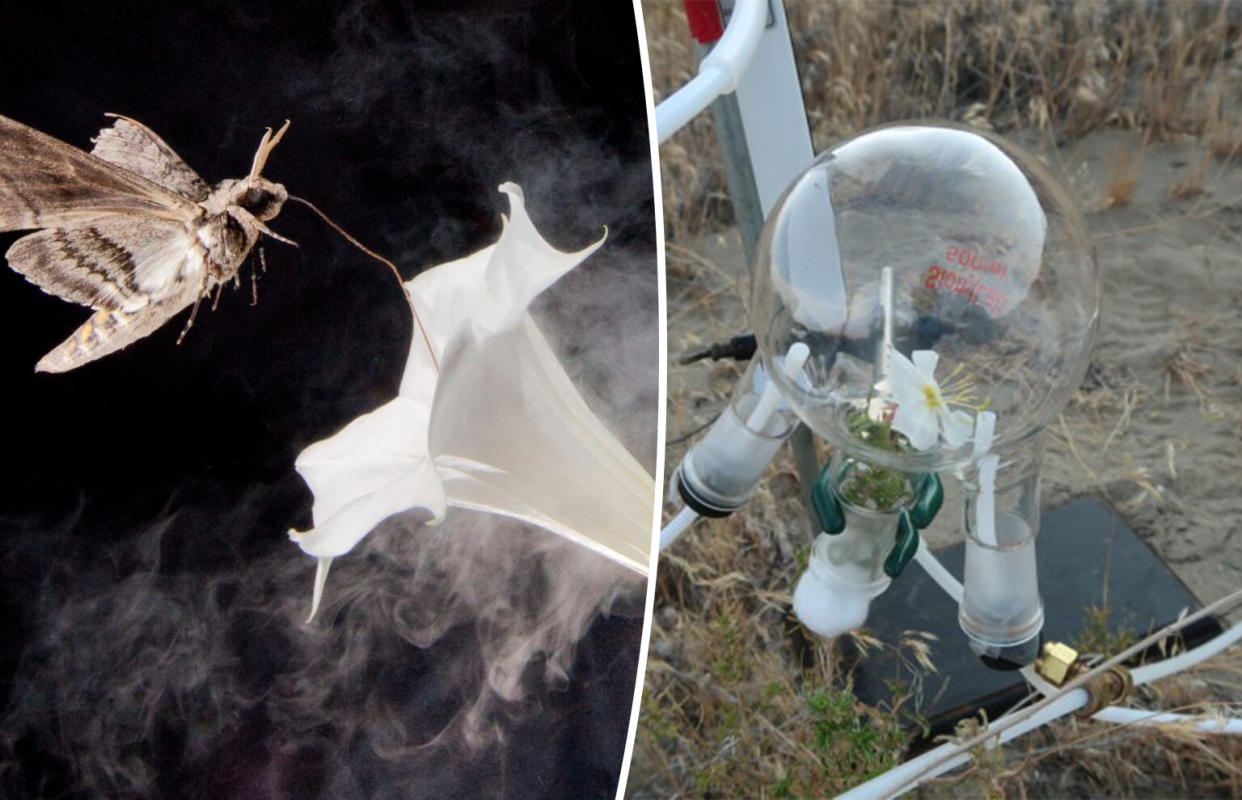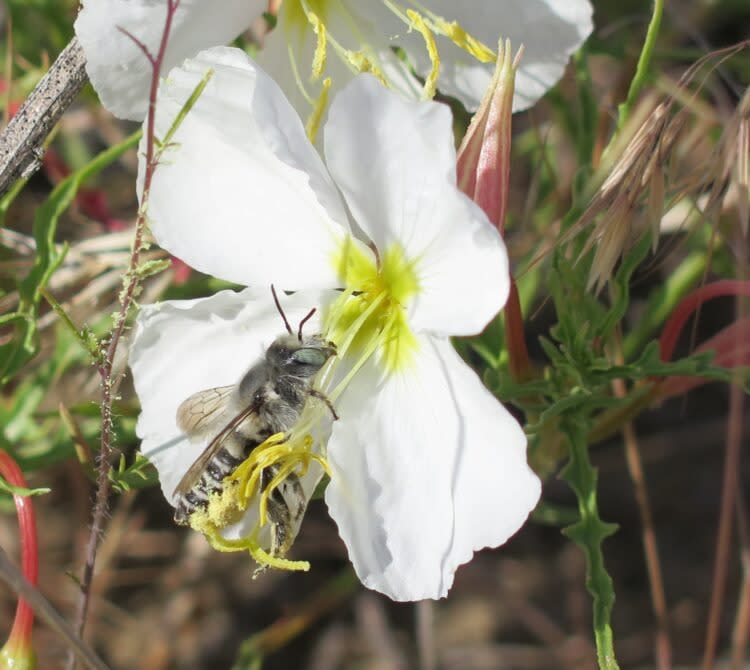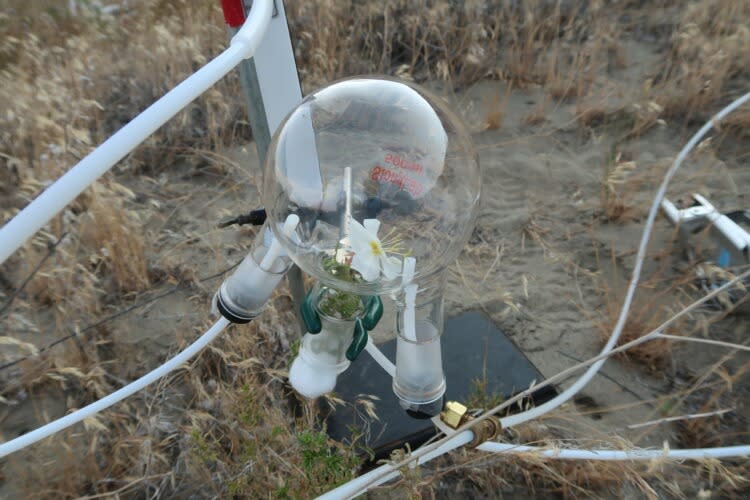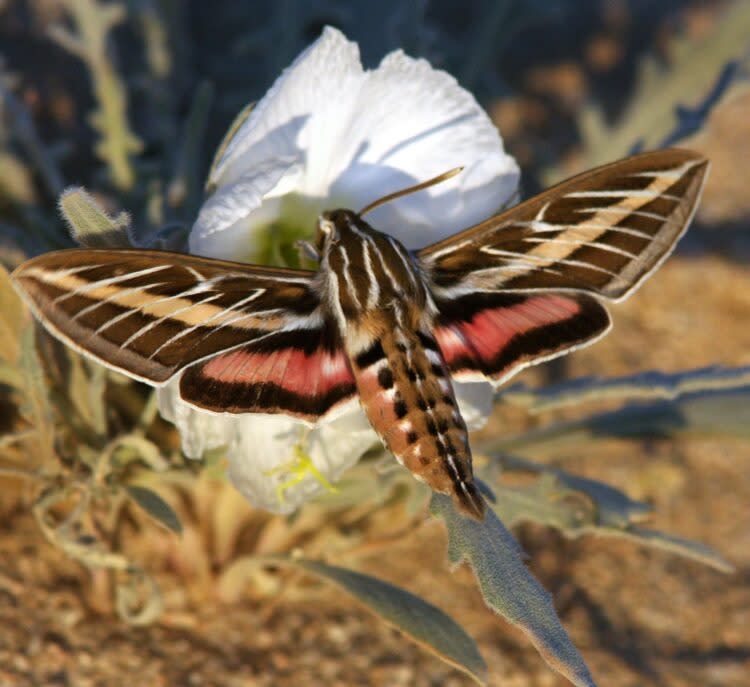Air pollution is changing the way flowers smell, leaving pollinators lost and the ecosystem in peril

Get a whiff of this.
Airborne chemicals found in common fossil fuels are interfering with the pollination process, new research shows — to the point where it’s changing the way a flower smells.
And while that may have a slight impact on folks who make a habit of stopping to smell the roses, the effect on insects — who can no longer locate flowers to land on, especially at night — is worrisome, experts say.
“Pollution from human activity is altering the chemical composition of critical scent cues, and altering it to such an extent that the pollinators can no longer recognize it and respond to it,” researcher Jeff Riffell said.
Riffell and other scientists at the University of Washington, who published their findings in the journal Science, have found that nitrate radicals known as NO3 are behind this scent-masking phenomenon.

They originate from gas, coal, power plants, plus other energy and natural sources.
“When you smell a rose, you’re smelling a diverse bouquet composed of different types of chemicals,” Riffell added.
“The same is true for almost any flower. Each has its own scent made up of a specific chemical recipe.”
They experimented with moths, which Riffell says have dog-like super sniffers, seeing if the winged things could locate certain flowers using their strong sense of smell.
One of the two moth breeds was 50% less accurate, while the other couldn’t find the flower source at all when tested in a nighttime, urban environment.

“The NO3 is really reducing a flower’s ‘reach’ — how far its scent can travel and attract a pollinator before it gets broken down and is undetectable,” said Riffell.
However, daytime statistics weren’t as severe as the research team believes sunlight can wear down the powers of NO3.
Regardless, there is now a concern for pollinators like moths to become unable to fulfill their ecosystem duties.

Riffell noted that about 75% of over 240,000 documented flowering plants need insect intervention — and that about 70 species of pollinators are endangered or threatened.
“Our approach could serve as a roadmap for others to investigate how pollutants impact plant-pollinator interactions, and to really get at the underlying mechanisms,” said researcher Joel Thornton.
“You need this kind of holistic approach, especially if you want to understand how widespread the breakdown in plant-pollinator interactions is — and what the consequences will be.”

